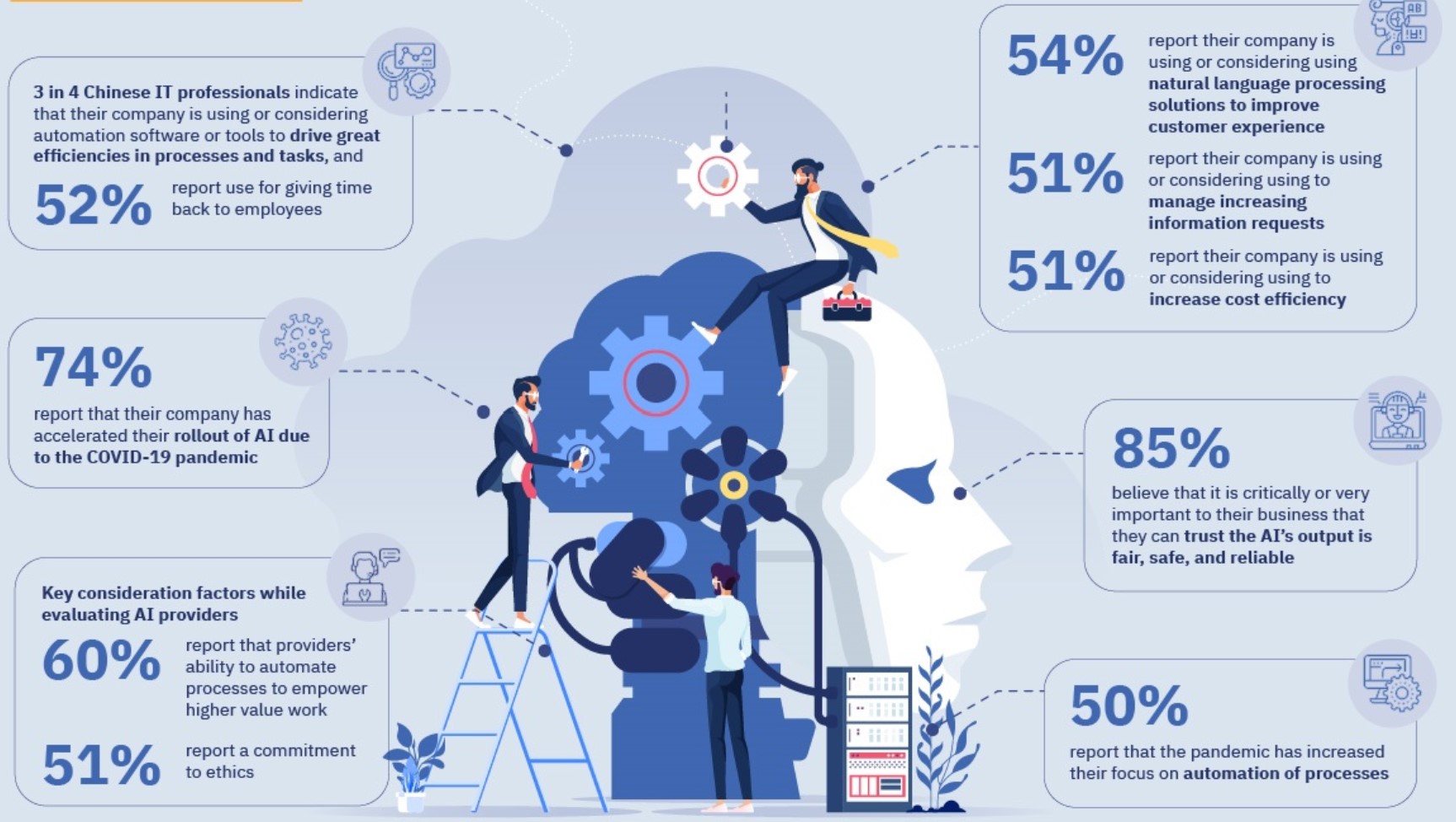Advanced video surveillance systems with real-time behavior and eye-movement monitoring can deter cheating, boost educational flexibility amid the pandemic.
The current pandemic has caused schools in nearly half of the emerging Asian countries to experience shutdowns for more than 200 cumulative days. Aside from the financial impact to schools, the region can expect a lower projected increase in reading and math skills in preschool and primary school children, as well as a wider achievement gap due to some families’ limitations to take advantage of remote learning.
The long-term consequences of closures, both for individual children and for society as a whole, are simply too high to justify on a regular basis. Yet, remaining open involves compliance with a slew of infection control measures amid the struggle to create a conducive learning environment without compromising security, privacy, and quality of education.
One modern solution to many of the aforementioned challenges is to adopt advanced video solutions called Video Management Systems (VMS). A VMS not only helps schools to manage their security systems and monitor for suspicious activity, but AI in the system can review and analyze recorded footage to provide valuable insights.
VMS benefits for educational premises
A typical system comprises multiple digital video cameras paired with electronics to record, encode and process footage via a convenient software interface. This reduces the complexity of traditional video surveillance systems and provides real-time visibility and insights to ensure that security is consistently upheld.
Schools and educational facilities can use VMS to respond to ongoing changes in pandemic control measures in an unobtrusive manner and also assist in enforcement of the measures on site. As crowds often form at common areas such as assembly halls, corridors and classrooms, the use of VMS can relieve staff of many duties if monitoring and enforcement can be managed remotely and automatically.
Besides the surveillance functionality, VMS can also be used to prevent unauthorized access. By combining identity card readers and an effective Internet Protocol (IP) video system, schools can limit access to only authorized staff.
This technology can be advanced further with car-registration-plate recognition solutions that permit only registered car are allowed on the premises.
Education institutions are also cautious of the threats lurking in their neighborhoods. VMS can be used to form a centralized perimeter security system for all public schools. Security personnel can respond to intrusions and other breaches quickly and effectively.
Enhancing online learning
Beyond security uses, VMS can also be deployed to boost student-classroom engagement.
With home-based learning, students may have to be glued to their computers for many hours a day, resulting in shorter attention spans. Teachers are also struggling to keep their students engaged through the screen.
By adding specific analytics software to the VMS that monitors students on-camera behavior, educators can track eye movements, facial gestures and reactions to gaining real-time feedback on attentiveness and focus.
In Singapore, universities have begun to rely on AI VMS to help facilitate examinations online to deter cheating. The technology has proven to be successful, with over 100 instructors using the tool in the past year. Students have also found that such analytics can help them focus on learning.
Ultimately, educational institutions can add value to legacy security systems by adding advanced automation and analytics features.

